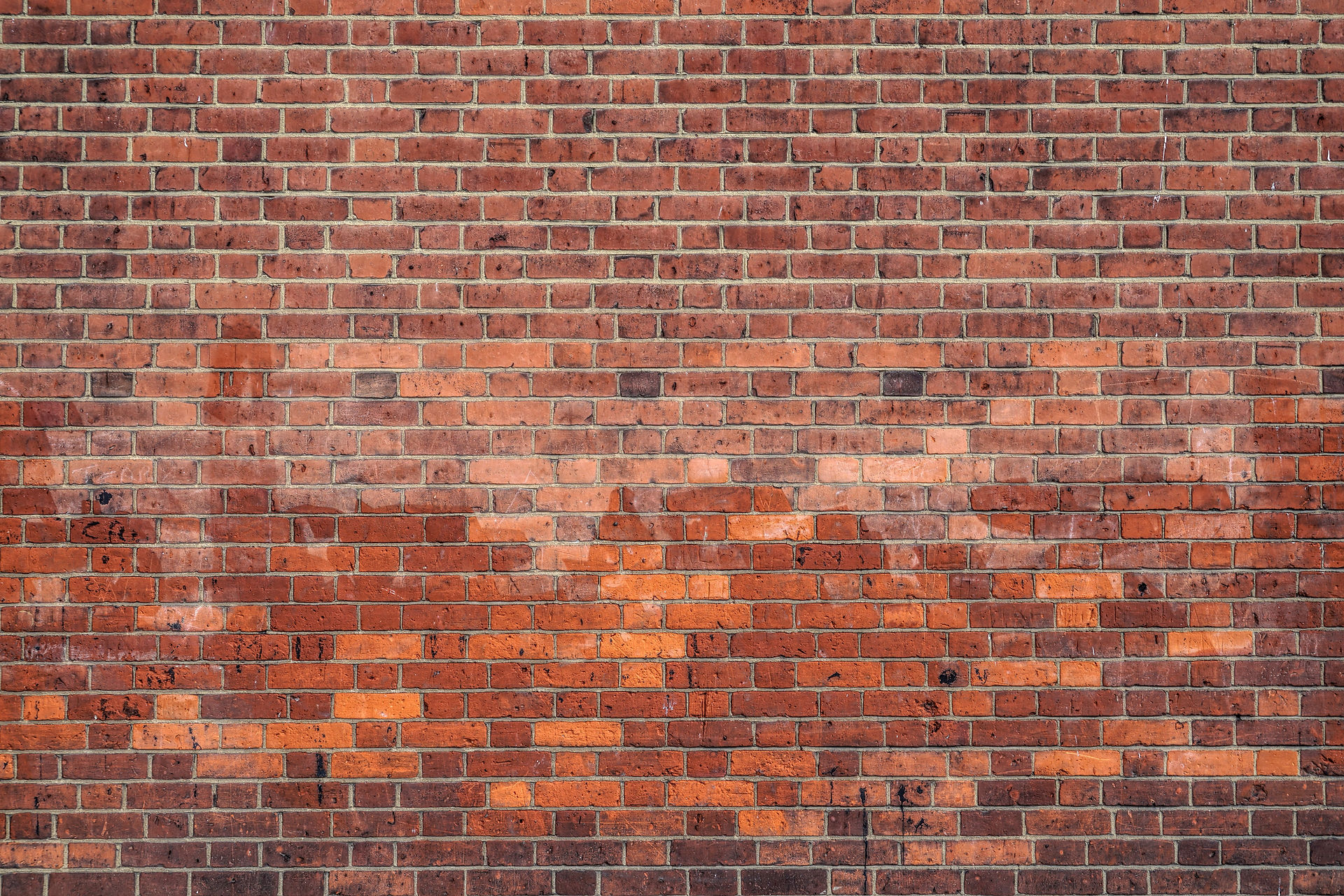While it is raining, lets all benefit?
- jonathanhambrook
- Jun 5, 2022
- 3 min read
The benefits to rain water catchment as it relates to the home, home owner and the all important Home Inspection.

Rooftop rainwater catchment system is used for gathering rainwater from residential roofs for direct use. This system is used for a variety of reasons, foremost of which are: reducing the water bill; survival during drought; conservation of municipal water resources; and self-reliance and self sustainment. Common uses for rainwater catchment are consumption, crop irrigation, and household uses, such as flushing toilets and washing clothes.
Rainwater catchment systems vary, from the very simple, such as using a rooftop gutter that drains into a drum container, to the more complex, such as systems that use many tanks, pumps and control mechanisms. Large cisterns hold the captured water and prevent evaporation and contamination from external sources. Rainwater captured for drinking is usually filtered and then purified, while rainwater meant for irrigation and household use requires less intervention.
Did You Know!
Rainwater collection from roofs dates back thousands of years.
Rather than becoming spoiled as water sits in a cistern, rainwater actually becomes cleaner as bacteria and other pathogens eventually die. Still, stored water must first be purified before it is safe for human consumption.
Although reported illnesses resulting from drinking rainwater are rare, rainwater may carry with it such pollutants as animal excrement, sand, dust, algae, and dissolved gasses, such as CO2. Roofs treated with metallic paint or asbestos may be unsuitable for rainwater collection. It is better not to collect the first rain after a dry spell in order to minimize much of this risk. Also, avoid pulling rainwater from the bottom of a cistern, as that is where accumulated matter, if any, generally settles.
So what are the advantages of harvesting rainwater?
Collected rainwater becomes a valuable resource as water becomes increasingly scarce in certain seasons and regions.
Individuals can augment their public drinking water supply, thereby lessening their reliance on the municipal water system to deliver the necessities of life.
It is relatively inexpensive to implement and maintain such systems.
Individuals can maintain control of the additives in their drinking water.
The environmental cost of transporting water is reduced.
Consumers who harvest their own water have guaranteed access to water during power outages and emergencies.
There is reduced urban runoff and associated water pollution.
Such systems may be used in both urban and rural areas.
Harvesting systems are expandable; additional tanks may be added as needed for a given catchment area.
"You are water, I'm water, we're all water in different containers. That's why it's so easy to meet. Someday we'll evaporate together."
- Yoko Ono.
But there are some disadvantages.
Rainfall is a limited resource, as well as unpredictable, in most regions.
Rainwater may be sufficient only to supplement an individual's use of the public water supply, rather than replace it entirely.
Unfiltered rainwater may cause damage to household appliances due to particles in the water.
Rainwater catchment systems must be cleaned at least once a year, especially if drinking water is being captured.
Laws governing catchment of rainwater differ by municipality. In many areas, such as the state of Colorado, it is illegal to collect rainwater, as it is considered a public resource belonging to the public water supply.
Rain water and your Home Inspection.
While inspection of catchment systems may exceed InterNACHI's Standards of Practice, some tips for inspectors to be aware of include the following. Homeowners considering harvesting their own rainwater can benefit from these tips, as well.
Whenever possible, roofs should be far from overhanging trees so as to avoid animal droppings. Tree limbs that overhang structures should be trimmed back to minimize many potential hazards.
Catchment components should be constructed from appropriate materials, especially in systems delivering potable water.
Gutters should be clean and free of debris.
Gutters should be in good condition and strong enough to contain water during peak rain periods.
Cisterns should be sufficiently large to hold expelled water during peak rainfall.
Cisterns should be airtight and free of cracks.
Cisterns should be covered to protect against evaporation and insect breeding.
Cisterns should be made from dark materials so as to avoid algae growth from light penetration.
In systems equipped with pumps, pumps should be properly sized. Improper pump sizing leads to inefficiency and diminished life expectancy of the system.
All components should be properly installed so as to minimize water loss.
Excess water should be allowed to overflow in a manner that does not cause environmental damage or water contamination.
In summary, rooftop water catchment systems can provide a significant, free source of water for both human consumption and household use, if they are properly constructed with the correct components for their use and properly implemented.


Comments